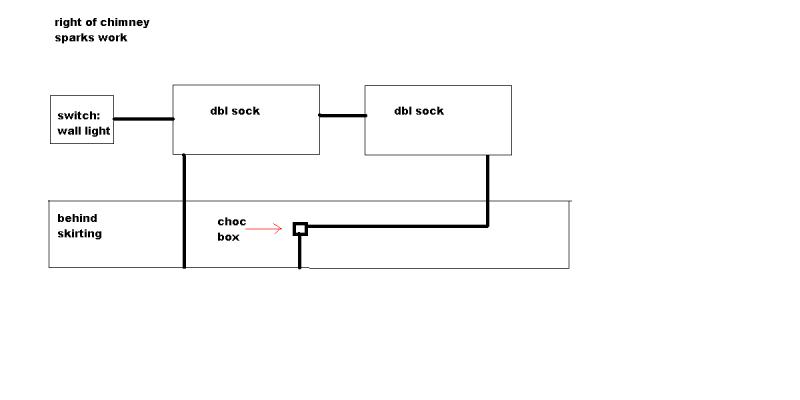30 amp choc's required.
With care they will fit inside the existing 25mm back box, the cavate being that the socket type is standard (not metal flat plates which have space issues in the box due to more of the socket components being in the box).
Soldering 2.5mm TE is quite an art. Best way tends to be to wrap the cores to be soldered with some fine wire 1st to help hold the job together.
Since the earths can be fixed to the back box earth stud, 2 wires (L and N) joined together via chocs won't be an issue, just be carefull where you decide to place the chocs.
The corner areas inside the back box (but away from cable entries) tend to suit best.
With care they will fit inside the existing 25mm back box, the cavate being that the socket type is standard (not metal flat plates which have space issues in the box due to more of the socket components being in the box).
Soldering 2.5mm TE is quite an art. Best way tends to be to wrap the cores to be soldered with some fine wire 1st to help hold the job together.
Since the earths can be fixed to the back box earth stud, 2 wires (L and N) joined together via chocs won't be an issue, just be carefull where you decide to place the chocs.
The corner areas inside the back box (but away from cable entries) tend to suit best.


